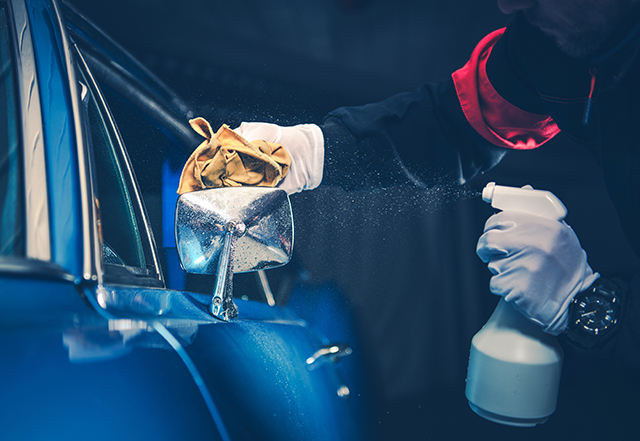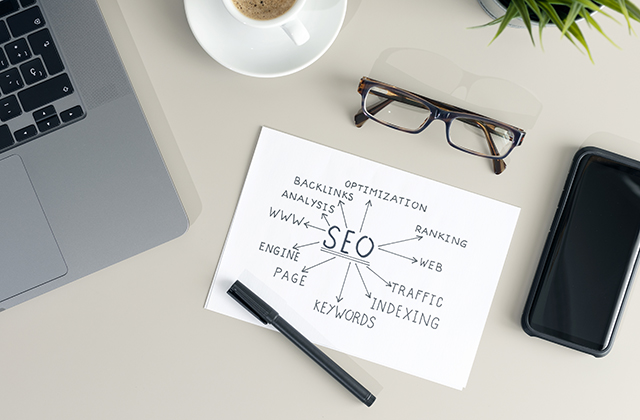Owning a luxury car is a significant investment, and maintaining its pristine appearance is crucial for preserving its value and aesthetic appeal. One of the most important aspects of car maintenance is protecting the paint, which is constantly exposed to various environmental factors that can cause damage over time. Fortunately, advancements in automotive technology have led to innovative solutions for protecting your luxury car’s paint. In this article, we will explore the latest technologies and methods to ensure your vehicle’s paint remains flawless, including luxury car paint correction, ceramic coatings, paint protection films, and more.
Understanding the Challenges of Paint Protection
Luxury car paint is often of higher quality and more intricate than that of standard vehicles. However, it is still susceptible to a range of issues, including:
- UV Radiation: Prolonged exposure to sunlight can cause paint to fade and oxidize, leading to a dull appearance.
- Environmental Contaminants: Bird droppings, tree sap, and industrial fallout can etch into the paint surface if not removed promptly.
- Road Debris: Gravel, salt, and other road debris can chip and scratch the paint.
- Chemical Damage: Harsh cleaning agents and pollutants can degrade the paint’s finish over time.
- Physical Contact: Everyday actions like washing, drying, and touching the car can introduce micro-scratches and swirl marks.
Luxury Car Paint Correction
Before diving into protective measures, it’s essential to address any existing imperfections in your car’s paint. This process is known as luxury car paint correction. It involves meticulously removing surface defects such as swirl marks, scratches, and oxidation to restore the paint’s clarity and gloss.
The Paint Correction Process
- Assessment: A thorough inspection of the paint to identify imperfections and determine the level of correction needed.
- Washing and Decontamination: Cleaning the car to remove dirt, grime, and contaminants from the surface.
- Claying: Using a clay bar to remove embedded contaminants that are not eliminated through washing.
- Polishing: Using various grades of polish and polishing pads to remove imperfections and restore the paint’s shine.
- Final Inspection: Ensuring all defects are addressed and the paint is in optimal condition for protection.
Advanced Paint Protection Technologies
With the paint correction completed, it’s time to protect the surface using the latest technologies. Here are some of the most effective methods available today:
Ceramic Coatings
Ceramic coatings are a popular choice for luxury car owners seeking long-term paint protection. These liquid polymer coatings chemically bond with the vehicle’s factory paint, creating a durable, hydrophobic layer.
Benefits of Ceramic Coatings
- Enhanced Durability: Ceramic coatings provide a robust barrier against environmental contaminants, UV rays, and minor scratches.
- Hydrophobic Properties: Water and dirt repel off the surface, making the car easier to clean and maintain.
- UV Protection: Prevents oxidation and fading caused by UV exposure.
- Gloss and Shine: Enhances the depth and clarity of the paint, giving the car a showroom-like finish.
Application Process
- Surface Preparation: The car’s surface must be meticulously cleaned and free from any imperfections.
- Coating Application: The ceramic coating is applied in a controlled environment to ensure even coverage and proper bonding.
- Curing: The coating needs time to cure and harden, which can take several hours to days, depending on the product used.
Paint Protection Film (PPF)
Paint Protection Film (PPF), also known as a clear bra, is a transparent, durable film applied to the car’s painted surfaces. It is particularly effective in protecting high-impact areas such as the hood, fenders, and front bumper.
Benefits of PPF
- Impact Resistance: PPF provides a strong barrier against rock chips, road debris, and minor abrasions.
- Self-Healing Properties: Many modern PPFs have self-healing capabilities, allowing minor scratches to disappear with heat exposure.
- Stain Resistance: Protects against stains from bird droppings, tree sap, and other contaminants.
- UV Protection: Blocks harmful UV rays, preventing paint fading and oxidation.
Application Process
- Surface Preparation: The car’s surface is cleaned and any imperfections are corrected.
- Film Application: The PPF is carefully applied to the desired areas, ensuring a seamless and bubble-free finish.
- Final Inspection: Ensuring the film is correctly installed and providing the intended protection.
Maintenance Tips for Long-Lasting Paint Protection
Even with advanced protection technologies, regular maintenance is crucial to keep your luxury car’s paint in top condition. Here are some maintenance tips:
Regular Washing
- Use the Two-Bucket Method: One bucket for soapy water and one for rinsing the wash mitt to prevent dirt from scratching the paint.
- pH-Neutral Car Shampoo: Use a pH-neutral shampoo to avoid stripping the protective coatings.
- Gentle Drying: Use a soft microfiber towel or a car dryer to avoid introducing swirl marks.
Periodic Detailing
- Clay Bar Treatment: Perform a clay bar treatment every few months to remove embedded contaminants.
- Reapply Ceramic Coating or PPF Maintenance: Follow the manufacturer’s guidelines for maintaining and reapplying ceramic coatings or performing PPF maintenance.
Protection from Environmental Factors
- Covered Parking: Whenever possible, park your car in a garage or under a car cover to protect it from the elements.
- Avoid Harsh Chemicals: Use automotive-specific products and avoid harsh chemicals that can damage the paint and protective coatings.
Professional Services vs. DIY
While DIY solutions are available, professional services often provide superior results due to the expertise and specialized equipment involved. Here’s a comparison to help you decide:
Professional Services
- Expertise: Trained professionals have the knowledge and experience to handle paint correction and protection effectively.
- Quality Products: Access to high-quality products and tools not readily available to consumers.
- Warranty: Many professional services offer warranties on their work, providing peace of mind.
DIY Solutions
- Cost-Effective: DIY methods can be more affordable but may require significant time and effort.
- Control: Allows you to work at your own pace and according to your preferences.
- Learning Curve: Requires learning and practice to achieve professional-level results.
Conclusion
Protecting your luxury car’s paint is essential for maintaining its value and aesthetic appeal. The latest technologies, including luxury car paint correction, ceramic coatings, and paint protection films, offer effective solutions to keep your vehicle looking its best. By understanding the challenges of paint protection and following the appropriate measures, you can ensure your luxury car remains in pristine condition for years to come.
Regular maintenance, combined with advanced protective technologies, will help you preserve the beauty and integrity of your luxury car’s paint. Whether you choose professional services or DIY methods, taking the necessary precautions and using the right products will make a significant difference in the longevity and appearance of your vehicle. Embrace these innovations to protect your investment and enjoy the pride that comes with owning a meticulously maintained luxury car. A useful reference for ceramic coating on your wheels.

